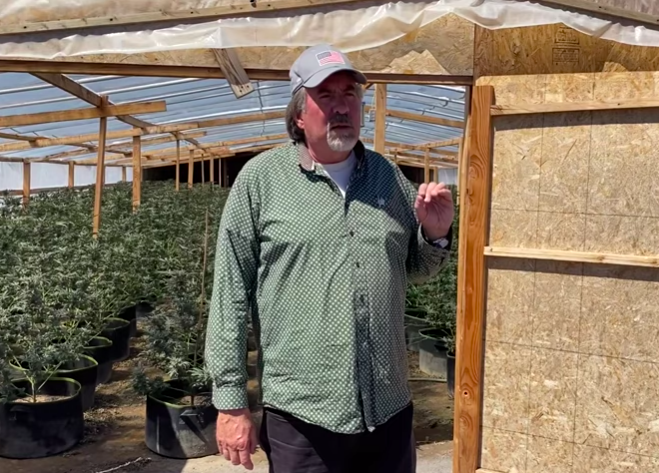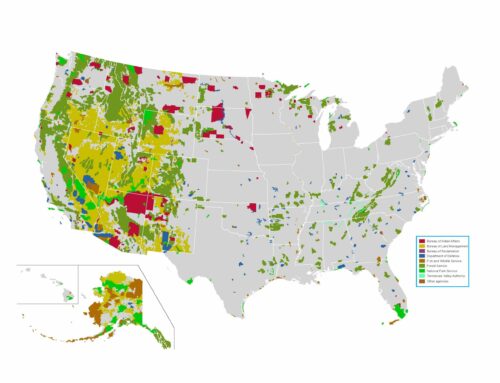by Katy Grimes, E&E Legal Senior Media Fellow and California Globe Editor
As Appearing in the California Globe
LaMalfa made video series exposing organized crime illegal marijuana grows in Siskiyou County
With the federal Resilient Federal Forests Act introduced this week with the support of more than 70 bipartisan Members of Congress and over 85 organizations, California Congressman Doug LaMalfa stressed that California is a poster-child for what not to do – little to no forest management, and illegal marijuana grows in those forests and rural areas. “Communities across the West are being devastated by wildfires and there will be long-term negative impacts to our forests, our water quality, and wildlife habitat,” LaMalfa said. He noted that it is Republicans in Congress proposing solutions to help prevent the catastrophic wildfires California experiences annually now. He also said Democrat leadership has been ignoring this issue.
LaMalfa knows what he’s talking about as a lifelong farmer representing California’s First Congressional District, which includes the rural counties of Butte, Glenn, Lassen, Modoc, Nevada, Placer, Plumas, Shasta, Sierra, Siskiyou and Tehama.
Key provisions of the Resilient Federal Forests Act include:
- Utilizing state-of-the-art science to triage the top 10 percent of high-risk fire sheds.
- Simplifying and expediting environmental analyses to reduce costs and planning times of critical forest management projects while maintaining thorough environmental reviews.
- Speeding up essential forest management projects by ending frivolous ligation.
- Giving the Forest Service the necessary tools to restore watersheds, improve wildlife habitat and protect critical infrastructure and public safety in wild land-urban interfaces.
- Accelerating reviews for salvage operations and reforestation activities to encourage quick reforestation, remove dangerous hazard trees and economically revitalize rural areas.
- Incentivizing collaborative projects of up to 30,000 acres to increase the pace and scale of active management.
- Creating new, innovative authorities that increase tribal management of forestlands.
- Codifying the principles of shared stewardship and permanently reauthorizing the Good Neighbor Authority to ensure states are equal partners in forest management activities.
- Removing cumbersome interagency consultation requirements that delay forest management activities and attract obstructionist litigation.
- Expanding and improving existing authorities to address insect and disease infestations and increase resiliency to wildfires.






